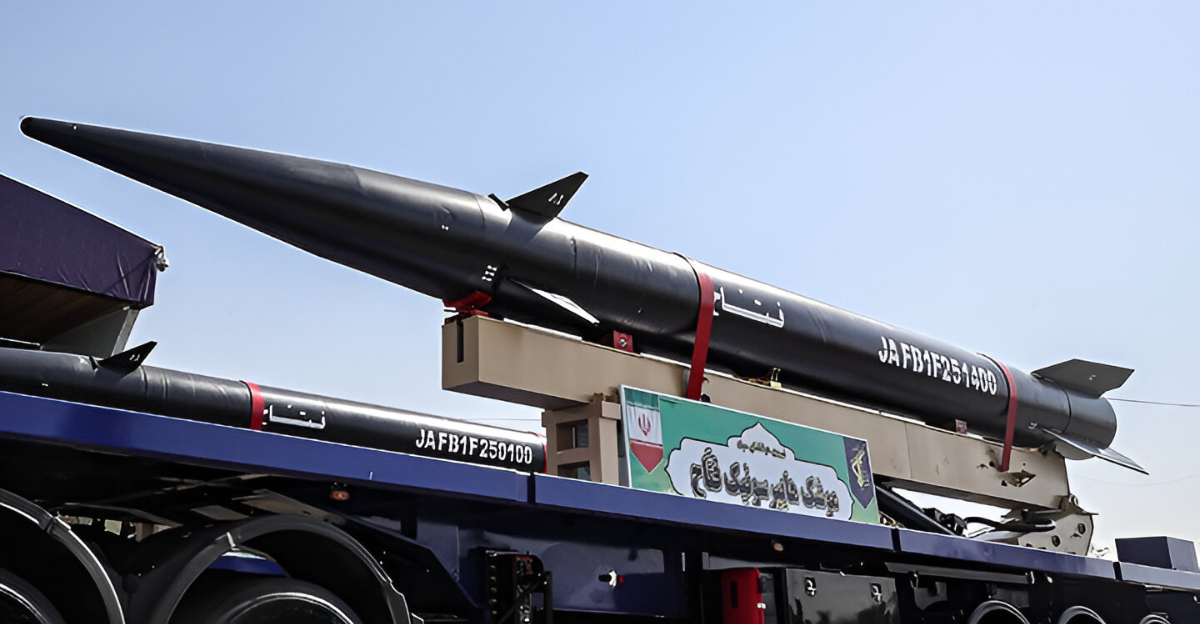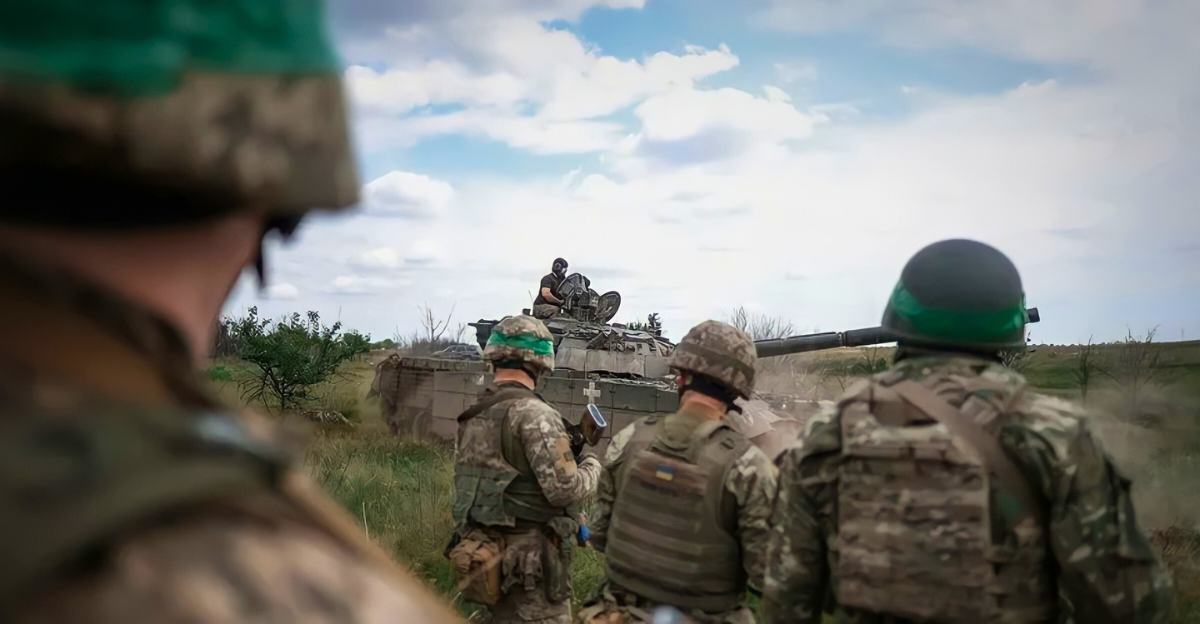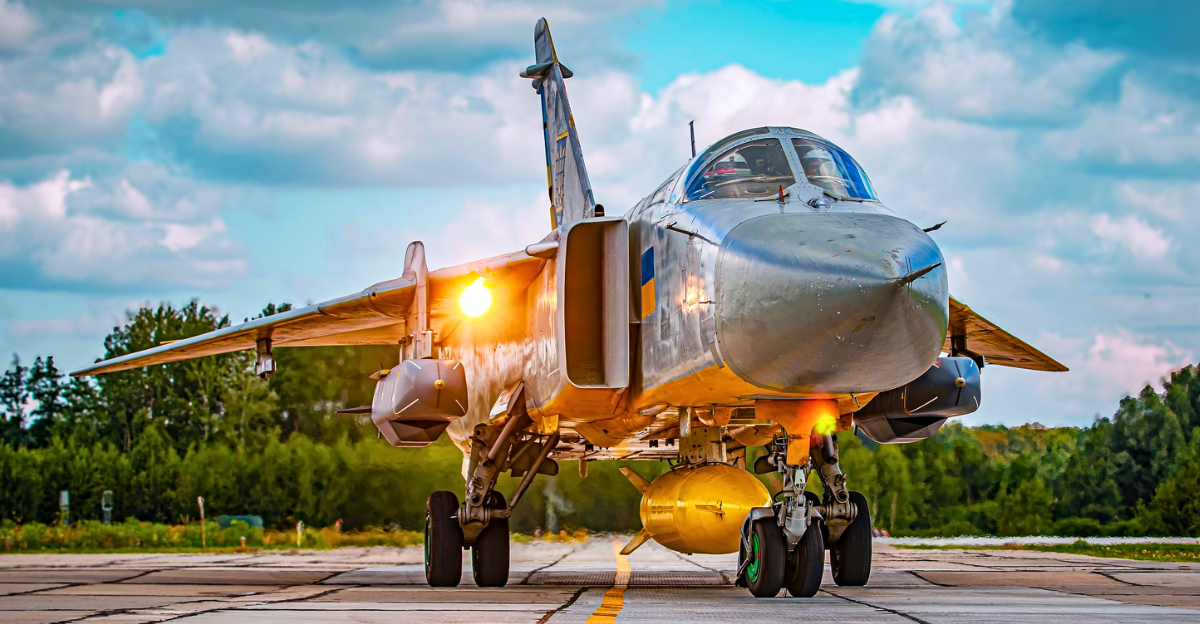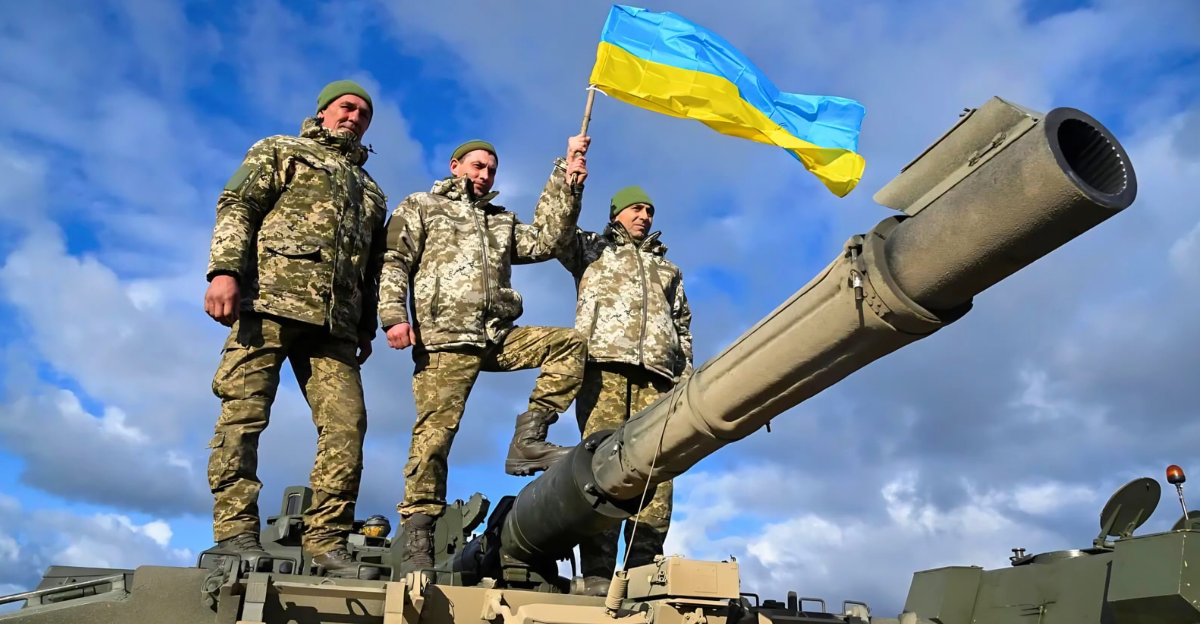
About 50,000 Russian troops gathered near the vital northern city of Sumy, a crucial strategic location near the Russia-Ukraine border, were successfully “checkmated” by Ukrainian forces in the middle of 2025. The Ukrainian military used superior tactics, combining targeted offensives and active defense, to halt and contain the Russian advance despite Russia’s numerical superiority, which was reportedly 3 to 1.
This incident represents a watershed in the conflict, showing that Ukraine’s military has advanced from defensive reactivity to strategic initiative, changing the nature of the battlefield. It is impossible to overestimate the psychological and symbolic significance of this standoff; it makes it abundantly evident to Russian commanders and international observers that Ukraine’s defense capabilities have advanced to the point where significant Russian troop concentrations can be successfully neutralized.
The Strategic Importance of Sumy

Sumy, which was first occupied by Russia before being retaken by Ukrainian forces, has been a focal point since the 2022 invasion. It serves as a gateway for Russian incursions into northeastern Ukraine due to its close proximity to the Russian Kursk region. In the past, having control of Sumy has provided deeper Ukrainian territory with a buffer zone and logistical benefits.
The battle for Sumy is reminiscent of past conflicts in which the momentum of larger campaigns was dictated by control of border cities, such as the World War II battles near Kursk, where the Eastern Front was shaped by counteroffensives and defensive tenacity. Sumy’s strategic importance is increased by its transportation and industrial hubs, which allow for the movement of troops, supplies, and equipment that are essential for long-term military operations.
Difference in Numbers
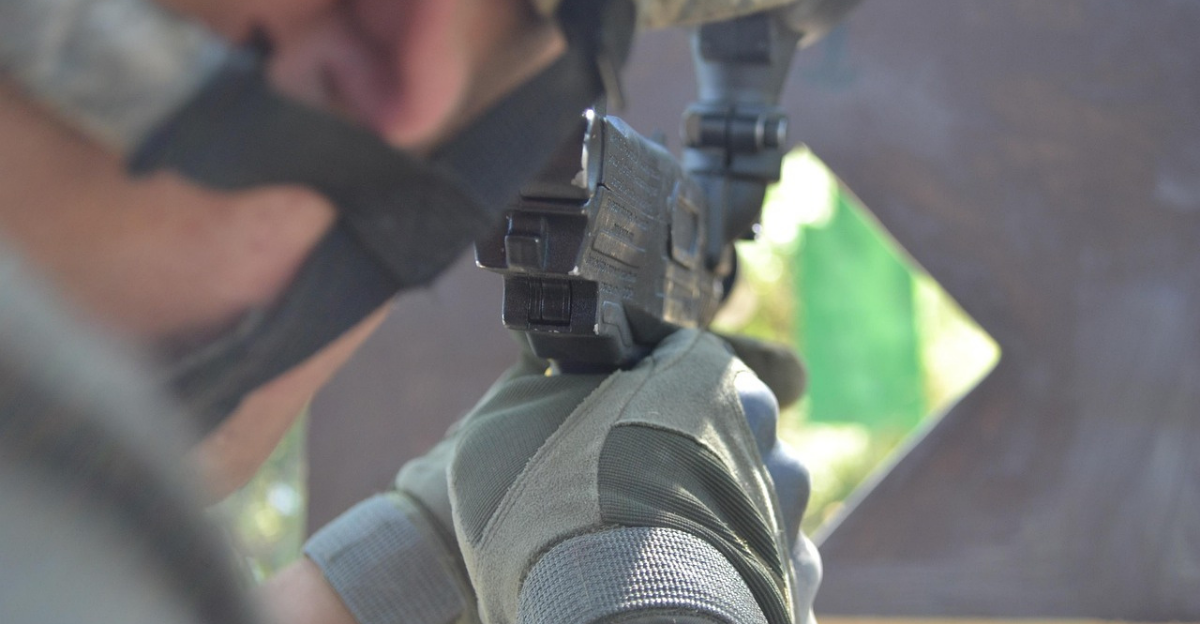
Although Russia has a sizable force concentration with 50,000 troops stationed close to Sumy, this numerical advantage has not resulted in operational success. When large forces are rendered vulnerable and immobile, morale suffers, which has a significant psychological impact on Russian troops caught in a checkmate situation. On the other hand, Ukrainian forces acquire psychological momentum, strengthening their resolve as a nation and garnering support from different countries.
Beyond the battlefield, the psychological component affects political will, global attitudes, and the readiness of outside parties to support Ukraine going forward.
Being surrounded or contained without any discernible progress causes Russian soldiers to become frustrated, fearful, and possibly dissident, which can reduce combat effectiveness and raise the rate of desertions or surrenders.
The Active Defense of Ukraine through Tactical Innovation

To thwart Russian advances, Ukraine’s “active defense” strategy combines selective offensives, mobile counterattacks, and fortifications. Ukraine has successfully neutralized Russia’s numerical advantage by attacking Russian supply routes and requiring troop reallocations, such as rerouting forces to defend Kursk.
Ukraine’s targeting of command centers and logistics hubs with drones, electronic warfare, and precision artillery strikes is a prime example of how to combine contemporary technology with traditional maneuver warfare. Ukrainian forces have also benefited from their in-depth familiarity with the terrain and local support systems, which improves their capacity for reconnaissance and surprise attacks. The dynamic battlefield environment created by this tactical innovation, which is constantly changing in response to Russian adjustments, emphasizes initiative and adaptability above all else.
More General Military Trends: Adaptation and Escalation

With Russia having boosted its forces in Ukraine by more than 100,000 in the last year and focusing 150,000 troops on eastern fronts, the standoff at Sumy comes as troop deployments are increasing. Despite these intensifications, Ukraine’s defensive achievements show a pattern in which strategic depth, quality, and adaptability are becoming more important than sheer numbers.
Because of Ukraine’s dispersed but well-coordinated defense system, logistical difficulties, and command inefficiencies, Russia’s numerical escalation has not resulted in significant advances. This changing dynamic emphasizes the value of adaptable command structures and real-time intelligence sharing, both of which Ukraine has successfully used with assistance from the West. Furthermore, the battle emphasizes sustainability over initial force size, highlighting how even the biggest militaries are strained by protracted attrition warfare.
Geopolitical Consequences: Territorial Integrity and Buffer Zones

Russia wants to secure territorial gains and draw defensible borders, which is why it is pushing to create buffer zones along its border with Ukraine, especially around Sumy and Kursk. These goals are put to the test by Ukraine’s successful containment of Russian forces, which maintains the nation’s territorial integrity and makes Moscow’s political goals more challenging to achieve.
Due to its incapacity to unite buffer zones, Russia may have to reevaluate its strategic objectives, reallocating resources to less contested areas or intensifying asymmetrical strategies like cyber-attacks and sabotage. On the other hand, Ukraine’s defense indicates that territorial concessions will not be readily obtained, strengthening its negotiating position in peace negotiations. Beyond Ukraine’s boundaries, the geopolitical stakes have an impact on international norms pertaining to sovereignty and territorial integrity as well as regional security architectures.
Information Strategy and Psychological Warfare

Ukraine’s use of the checkmate as a psychological weapon is effective; it exposes Russian weaknesses and raises support both domestically and internationally. Kyiv maintains the narrative of resilience and refutes Russian propaganda by portraying the situation as a strategic victory. In addition to increasing Ukraine’s diplomatic clout, this information strategy promotes ongoing military and financial support from the West, which is crucial for maintaining its defense initiatives.
It casts doubt on the war’s advancement within the Russian military and society, which could affect public sentiment and political stability in Moscow. Additionally, psychological operations aimed at Russian troops are incorporated into Ukraine’s information strategy to lower morale and promote defections. By combining kinetic operations with this advanced use of information warfare, a multi-domain strategy that optimizes strategic impact is created.
Logistical and Economic Consequences
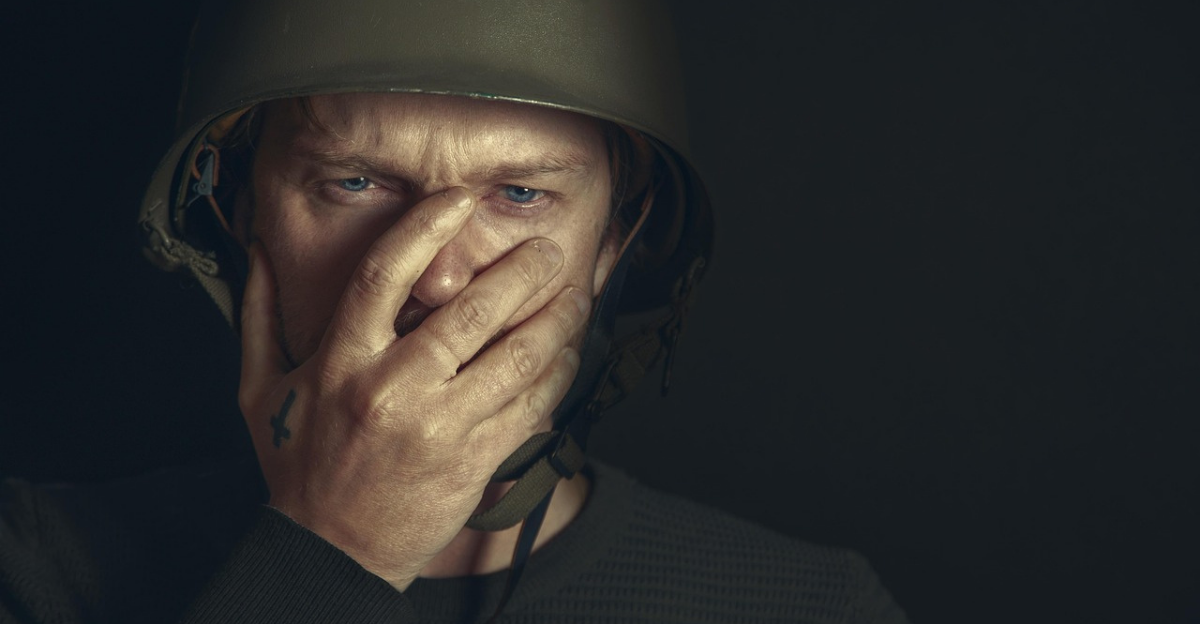
Moscow’s logistics and resource allocation are strained by the immobilization of 50,000 Russian troops close to Sumy, necessitating expensive troop rotations and supply chain detours. Russia’s military spending rises as a result of this operational impasse, and its ability to maintain offensives abroad is diminished. The interdependence of military and economic aspects in contemporary conflict is highlighted by the fact that Ukraine’s control over Sumy protects vital supply routes and maintains economic infrastructure essential for war resilience.
The cost of maintaining high troop concentrations in disputed areas takes money away from other priorities like modernizing technology and providing for domestic welfare. Protecting the industrial areas and transportation routes surrounding Sumy is crucial for Ukraine because it guarantees the continuous production and delivery of necessities, assisting both frontline troops and civilian populations.
The Boundaries of Superiority in Numbers

Overwhelming force is frequently emphasized as decisive in conventional military doctrine. This idea is refuted by the Sumy checkmate, which shows that effective command, morale, and flexibility are necessary for success and that numerical superiority alone cannot ensure it. A paradigm shift in conflict dynamics, where asymmetric advantages and psychological factors can outweigh brute strength, is suggested by Ukraine’s ability to neutralize a larger force through superior tactics and strategic foresight.
The Battle of Agincourt and the guerrilla campaigns in the Vietnam War are two historical instances where smaller, well-led forces triumphed over larger armies, and the experience at Sumy is reminiscent of these events. Additionally, it emphasizes the risks of relying too heavily on numerical measures to evaluate battlefield potential, which can result in complacency or strategic errors.
Ukraine’s Defense Telos at Sumy
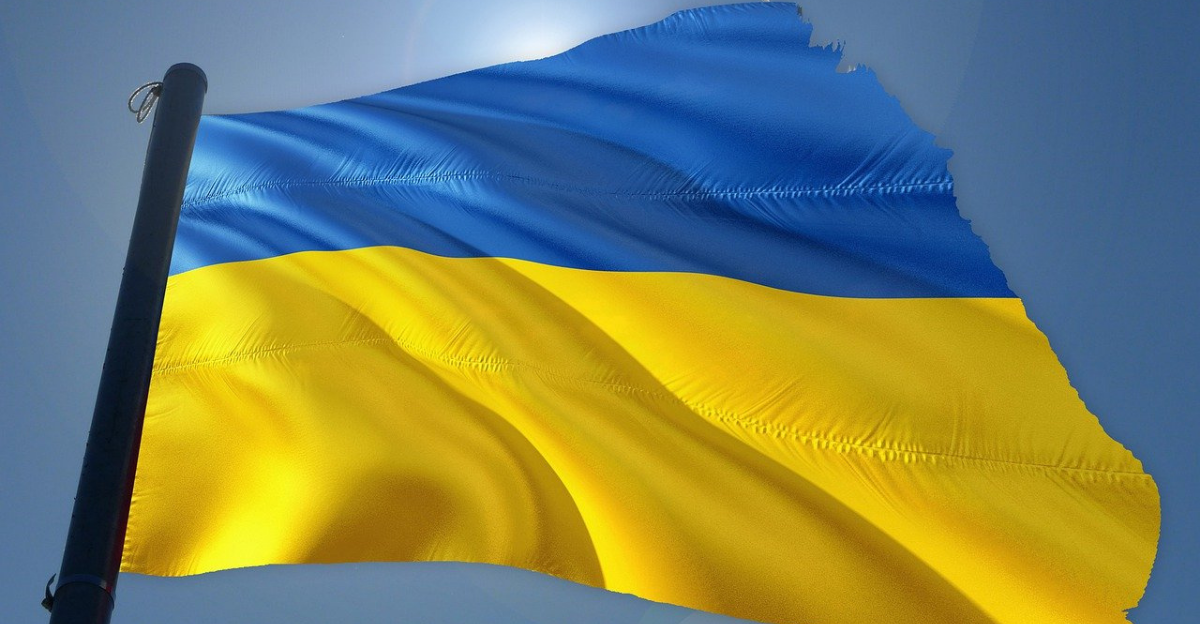
Ukraine’s larger war objectives, to protect territorial integrity, defend sovereignty, and inflict maximum attrition on invaders, are embodied in the strategic checkmate of 50,000 Russian troops close to Sumy. This incident demonstrates how Ukraine has developed into a strong military force that can use tactical innovation to defeat a foe with a larger military force.
It represents a pivotal moment when Ukraine moves from a state of defensive survival to one of proactive conflict shaping. This achievement reinforces national identity and unity in the face of hardship, making it a potent narrative tool. The wider ramifications imply that Ukraine’s strategy of strategic patience and hybrid warfare could serve as a model for smaller countries facing bigger aggressors in the twenty-first century.


